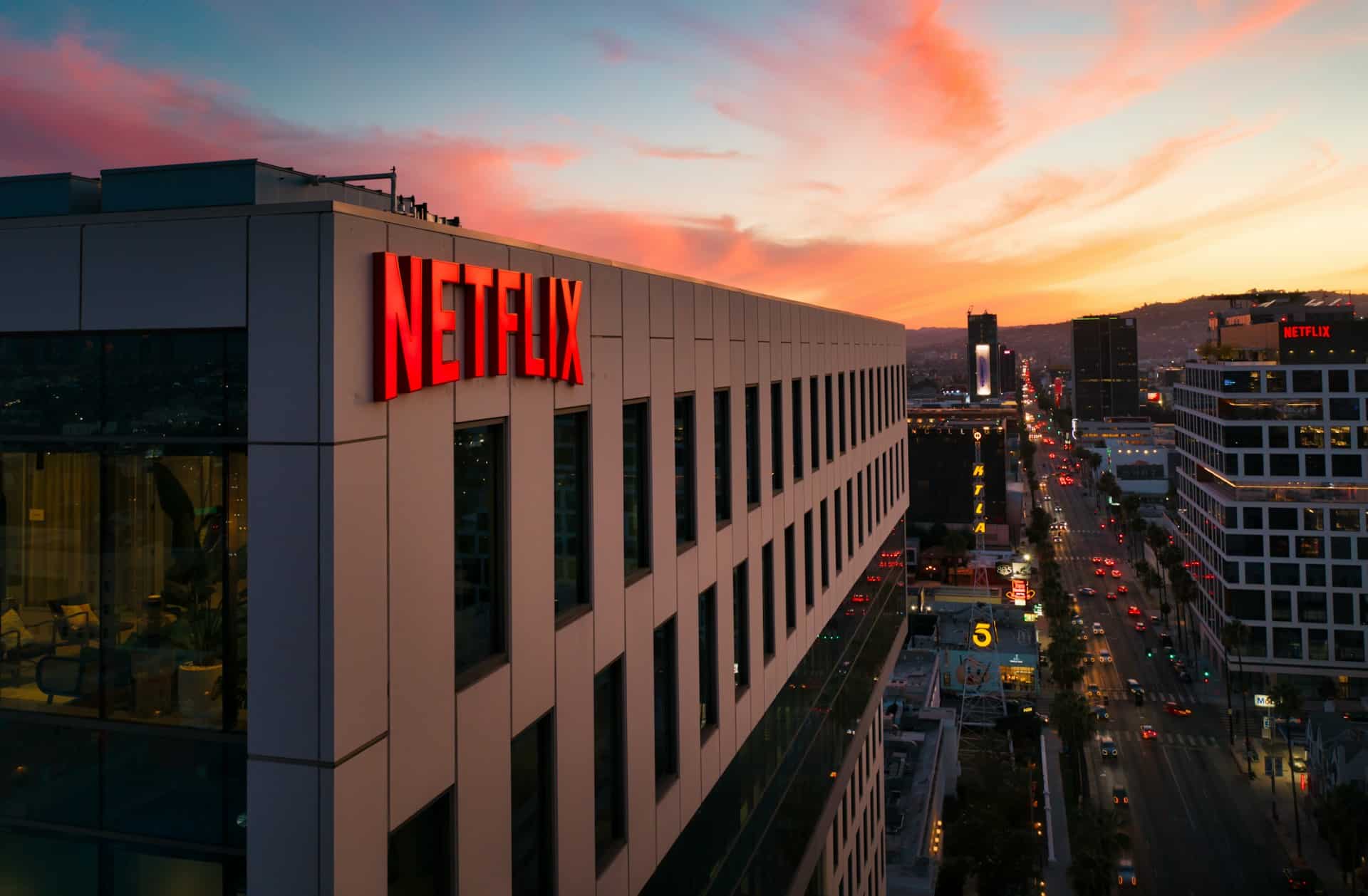The streaming company responds to years of litigation with a lawsuit against VMware, a subsidiary of Broadcom, marking a strategic shift in its approach to intellectual property.
Netflix has filed a patent infringement lawsuit against Broadcom and its subsidiary VMware, intensifying a dispute that began in 2020. The case, filed on December 23, 2024, in the Northern District of California, focuses on five patents related to virtualization technologies that Netflix acquired through the secondary market. This move represents an aggressive shift in Netflix’s typical strategy, which had previously taken a more defensive stance on intellectual property issues.
The patents in dispute
The five patents involved in the lawsuit relate to foundational virtualization technologies previously developed by Hewlett-Packard (HP) and acquired by Netflix after passing through Regional Resources Ltd. These patents include:
- Patents US 7,779,424 and 7,797,707: Regarding systems for allocating CPU usage in virtual machine environments.
- Patent US 8,799,891: Pertaining to the allocation of CPU usage for virtual machine monitors.
- Patent US 8,185,893: Related to the startup and load balancingLoad balancing is a strategy used for distributing… of virtual machines.
- Patent US 8,863,122: Describing remote control of multiple virtual machines through a graphical interface.
Netflix alleges intentional infringement, which could significantly increase damages if Broadcom and VMware are found guilty.
A tough year for Broadcom
Netflix’s lawsuit comes after a series of legal setbacks for Broadcom in 2024. Among the most notable:
- German Court: In July, the Federal Patent Court of Germany invalidated a Broadcom patent related to streaming, overturning a €7.05 million fine that the Munich Regional Court had previously imposed on Netflix.
- U.S. Court of Appeals: In August, the Federal Circuit Court of Appeals revived two challenges by Netflix against a Broadcom patent, further weakening the company’s position.
- Litigation against Tesla: Broadcom lost two consecutive cases in the Unified Patent Court of the EU in August, both ruled against in local courts in Hamburg and Munich.
Netflix’s legal strategy
The Northern District of California, where the lawsuit was filed, was a natural choice given the significant presence of both parties in the region: Broadcom operates in Palo Alto, Petaluma, and San Jose, while Netflix is headquartered in Los Gatos. The case is led by prominent patent attorney Rachael Lamkin of Baker Botts.
Legal analysts believe that this maneuver is more likely aimed at seeking a negotiated resolution than marking a permanent change in Netflix’s strategy regarding intellectual property. Until now, Netflix has avoided using its patents offensively, but this lawsuit suggests they are willing to change tactics in the face of prolonged litigation.
International implications and sector dynamics
While Netflix may attempt to expand legal pressure to European courts such as the Unified Patent Court (UPC), its current portfolio in this dispute is limited to U.S. assets, restricting its options for international litigation.
The confrontation between Netflix and Broadcom underscores changes in the dynamics of the tech industry, where traditional hardware companies are facing increasing pressure from software and streaming services. Meanwhile, companies like Netflix have begun developing defensive patent portfolios to counter lawsuits from established players.
A case with implications for the industry
The effectiveness of Netflix’s strategy will depend on the technical strength of the patents in question and how this offensive impacts wider negotiations between the two companies. The case could set important precedents for how streaming companies and new sector players defend themselves against intellectual property claims from traditional tech providers.
As the case progresses, developments are expected that could redefine the legal and competitive landscape at the intersection of hardware, software, and digital services.
via: cloud computing news

